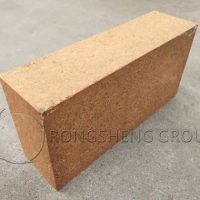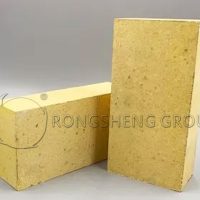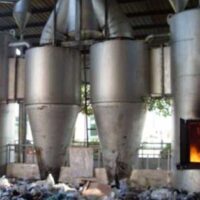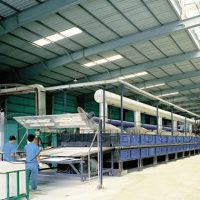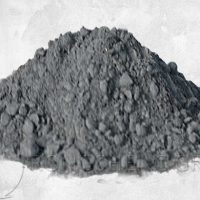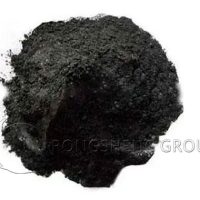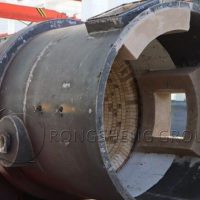The choice of refractory material for hot blast furnace is mainly determined by the temperature of the hot blast. When the temperature of the hot blast is lower than 900C, the general choice is built with clay fire bricks, and some have a service life of about 20 years; when the wind temperature is higher than 900C, the lining and grid of the high temperature part the sub fire bricks are high alumina bricks, mullite bricks, sillimanite bricks and silica bricks. But countries are also different when choosing refractory materials same. Japan’s large-scale blast furnace hot blast stoves mainly adopt the Koppers type. Recently, Nippon Steel-style hot blast stoves have been built more; perth-style or Marqin-style hot blast stoves; other countries in Western Europe mostly use local hot blast furnace; in addition to building some external combustion refractory materials hot blast stoves in the United States .Outside the hot blast furnace, great attention is paid to the transformation of the internal combustion hot blast furnace, which can not only obtain a higher air temperature, but also prolong the service life.

In recent years, refractory material for blast furnace hot blast stoves newly built or rebuilt in various countries mainly adopt external combustion type, and the air supply temperature is 1200~1350C, the vault temperature is generally 1500~1550C, even close to 1600C. Therefore, the high-temperature parts of the furnace lining and checker firebricks.
The upper layer is generally built with silica bricks, and the use effect is better.

